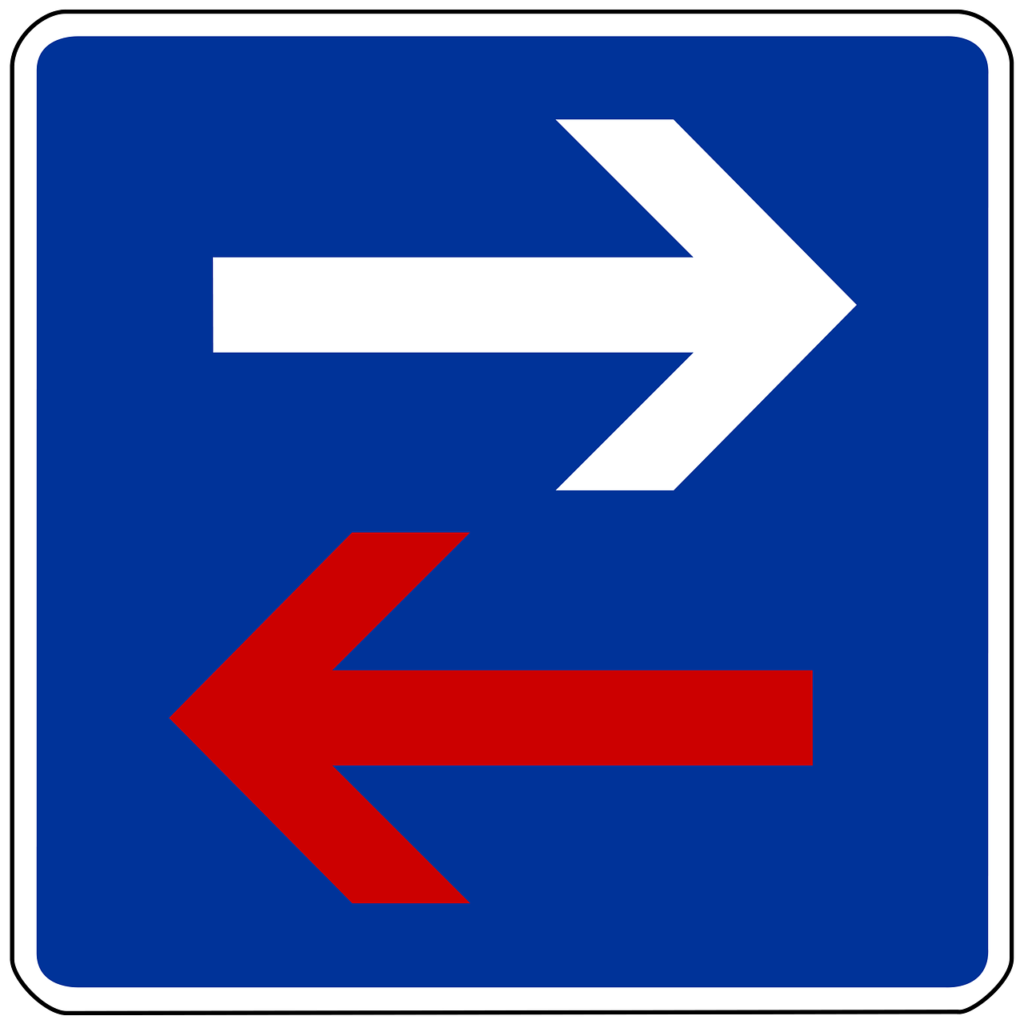Let’s get a little rhetorical matter out of the way. You may have heard it said that the United States is not a democracy, but a republic. What is the difference between a democracy and a republic?
The term “democracy” is fairly straight forward – a system of government which functions according to the will of the majority. In other words, a democracy is a system where the people vote, and the winners of the vote get their way. In most (perhaps all) countries with elected governments, laws are passed not by the people but by the representatives that the people choose. This is called a “representative” government, and it is generally considered to be a form of democracy.
So what is a republic? That is a trickier question, and you will likely find a different answer from each source you consult. Typically “republic” is thought to be synonymous with “representative democracy”. Alternately “republic” means a democracy (representative or not) with constraints to protect the individual liberty of the citizens.
In reference to the United States, we might use the the following definition for Republic:
A representative democracy constrained by a written constitution which defines a limited number of natural rights, and acknowledges the existence of other inviolable naturals rights.
In modern usage, the two terms are used interchangeably by most english speakers.

The best lesson on The American Form of Government
https://youtu.be/VogzExP3qhI
Tom – Great video, I’ve seen it before and find it very compelling. I like his use of the word “republic”, but it is far more restrictive than the common vernacular, or the definitions in the dictionaries I consulted.